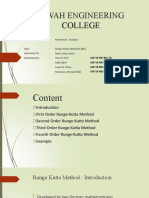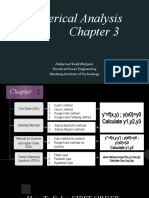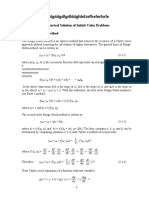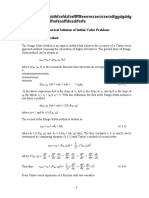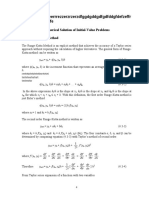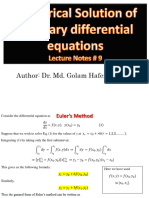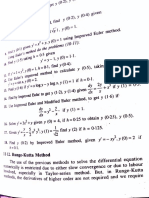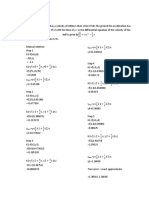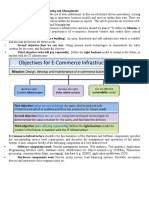0% found this document useful (0 votes)
19 views13 pagesNumerical Analysis
The document discusses the Higher Order Runge Kutta Method, a numerical technique for solving ordinary differential equations (ODEs) that improves accuracy by using multiple evaluations of the derivative. It provides detailed formulas and examples for the 3rd, 4th, and 5th order Runge Kutta methods, including step-by-step solutions to specific initial value problems. The results demonstrate the method's effectiveness in approximating solutions to ODEs with varying levels of complexity.
Uploaded by
nasira9545Copyright
© © All Rights Reserved
We take content rights seriously. If you suspect this is your content, claim it here.
Available Formats
Download as DOCX, PDF, TXT or read online on Scribd
0% found this document useful (0 votes)
19 views13 pagesNumerical Analysis
The document discusses the Higher Order Runge Kutta Method, a numerical technique for solving ordinary differential equations (ODEs) that improves accuracy by using multiple evaluations of the derivative. It provides detailed formulas and examples for the 3rd, 4th, and 5th order Runge Kutta methods, including step-by-step solutions to specific initial value problems. The results demonstrate the method's effectiveness in approximating solutions to ODEs with varying levels of complexity.
Uploaded by
nasira9545Copyright
© © All Rights Reserved
We take content rights seriously. If you suspect this is your content, claim it here.
Available Formats
Download as DOCX, PDF, TXT or read online on Scribd
/ 13













